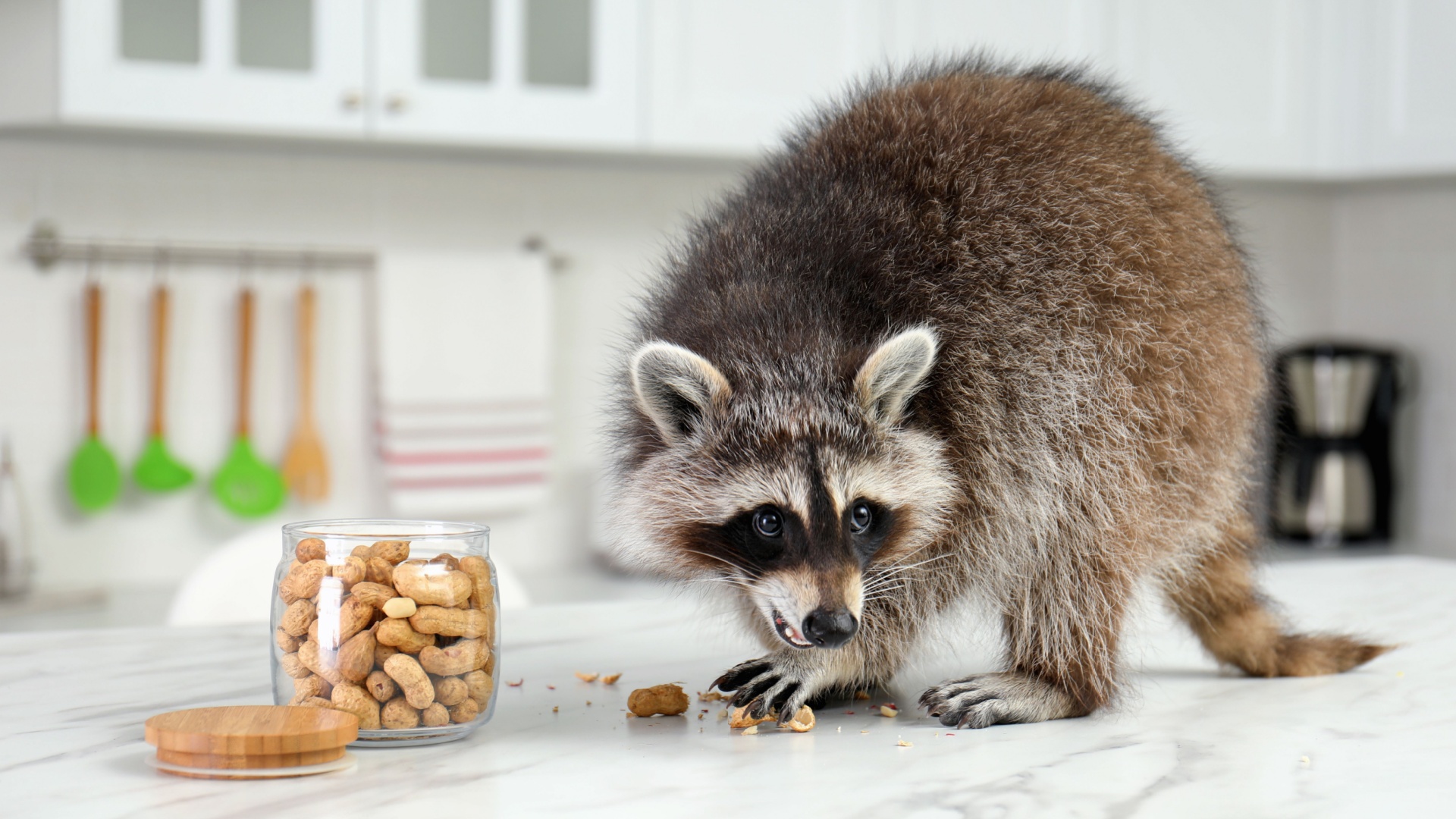Ever thought about sharing your home with a raccoon, a fox, or even a capybara? While some of these animals might sound like the ultimate quirky companions, owning them isn’t as simple as picking up a leash and a bag of treats.
Some pets are so exotic, unique, or downright wild that they come with a rulebook of their own. In many places, you’ll need a special permit just to keep them legally.
From spiky critters with a soft side to animals that belong more in the wild than your living room, these unusual pets can be fascinating, but they also bring some serious challenges.
Whether it’s a question of safety, conservation, or just plain common sense, the laws around owning these creatures vary wildly depending on where you live.
Curious to know which animals are off-limits or only allowed with the right paperwork? Keep reading to discover which weird pets require more than just a food bowl and a cozy bed.
1. Fennec Fox
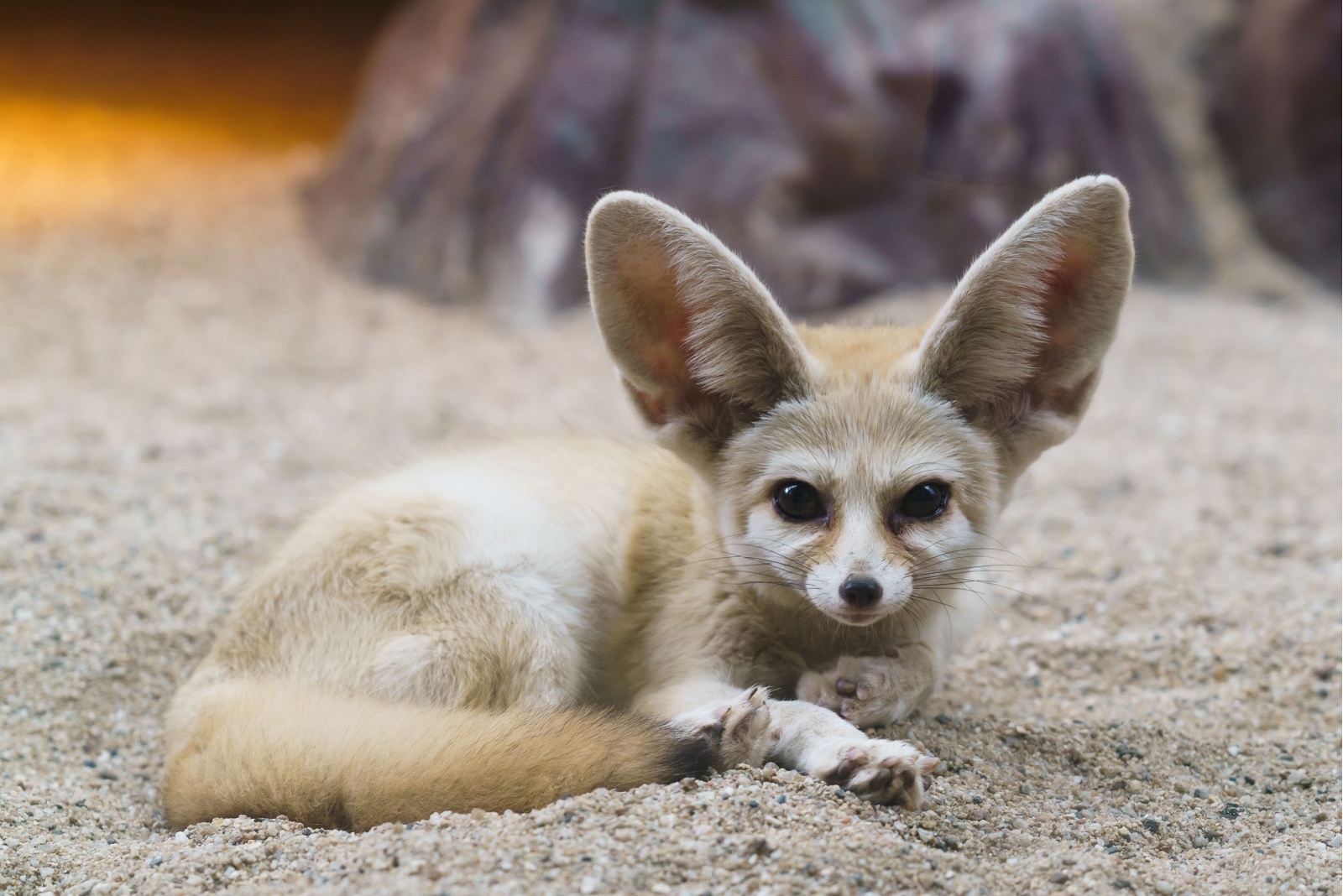
With its oversized ears and tiny frame, the fennec fox looks like a cartoon come to life. Native to the Sahara Desert, this petite fox weighs around 3 pounds and is known for its playful, curious nature.
While undeniably adorable, fennec foxes are still wild animals, not fully domesticated pets. They require specialized care, including a specific diet and plenty of space to roam since they’re expert diggers.
Though legal in some states, many places classify them as exotic pets requiring special permits due to their unique needs and the challenges of keeping them in a home setting.
They can form bonds with their owners but may never be fully socialized like a dog or cat. Before considering a fennec fox as a pet, research the care involved and check local wildlife laws.
They’re cute, but they’re not your average lap pet.
2. Capybara
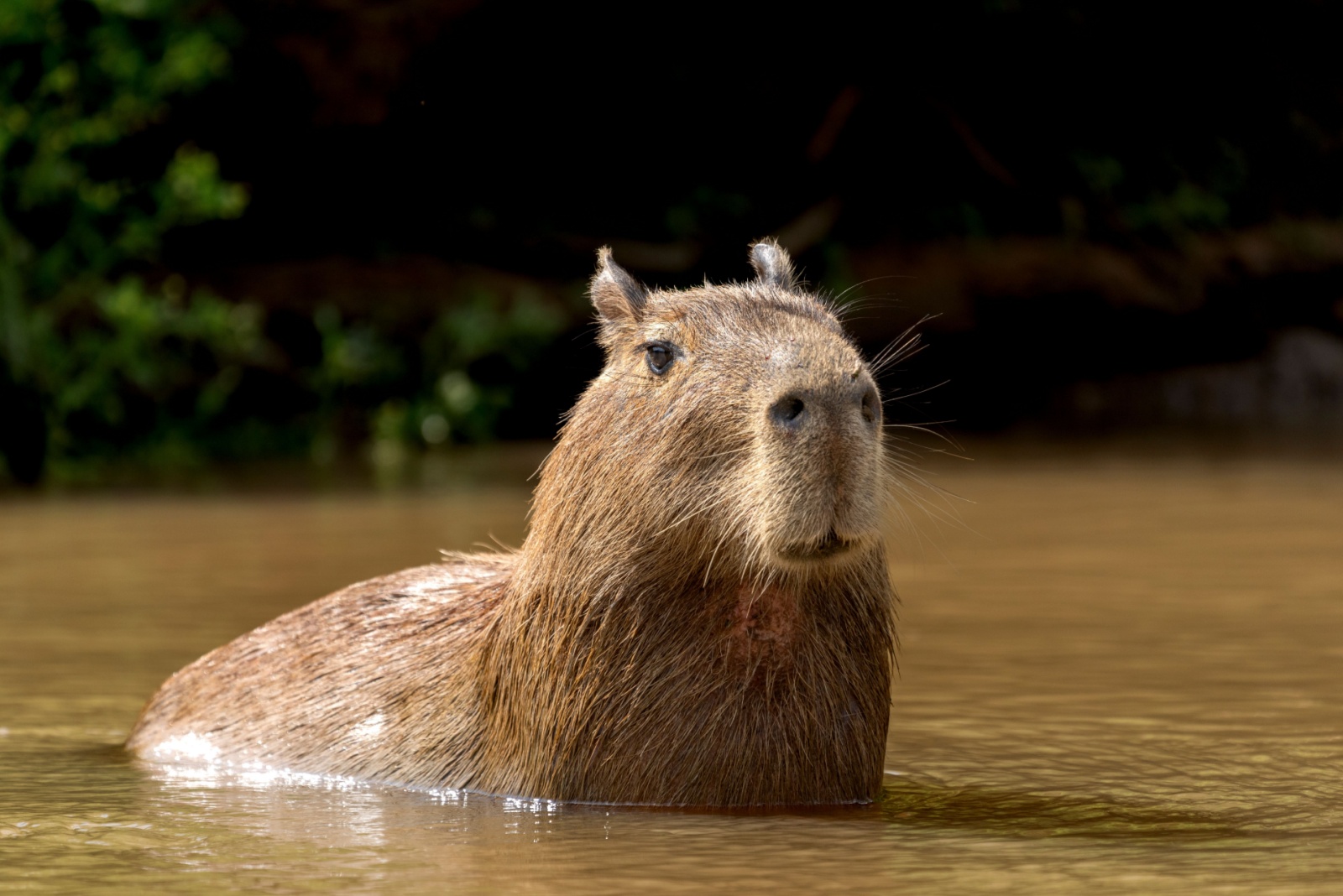
Imagine a guinea pig but supersized – welcome to the world of the capybara!
As the world’s largest rodent, these South American natives can weigh over 100 pounds and need plenty of space to roam.
Capybaras are highly social animals, often living in large groups in the wild, which means they don’t do well alone. If left isolated, they can become stressed or depressed, which is why many owners are encouraged to have at least two capybaras.
Their care requirements include constant access to water since they love to swim and soak to stay cool. While they can be surprisingly affectionate and gentle, their sheer size and specific needs make them difficult for most people to care for.
Because of the complexity of their care and their wild nature, many states require permits or ban capybaras as pets altogether.
If you’re thinking of keeping one, be prepared for a rodent roommate with serious space and social demands.
3. Sugar Glider
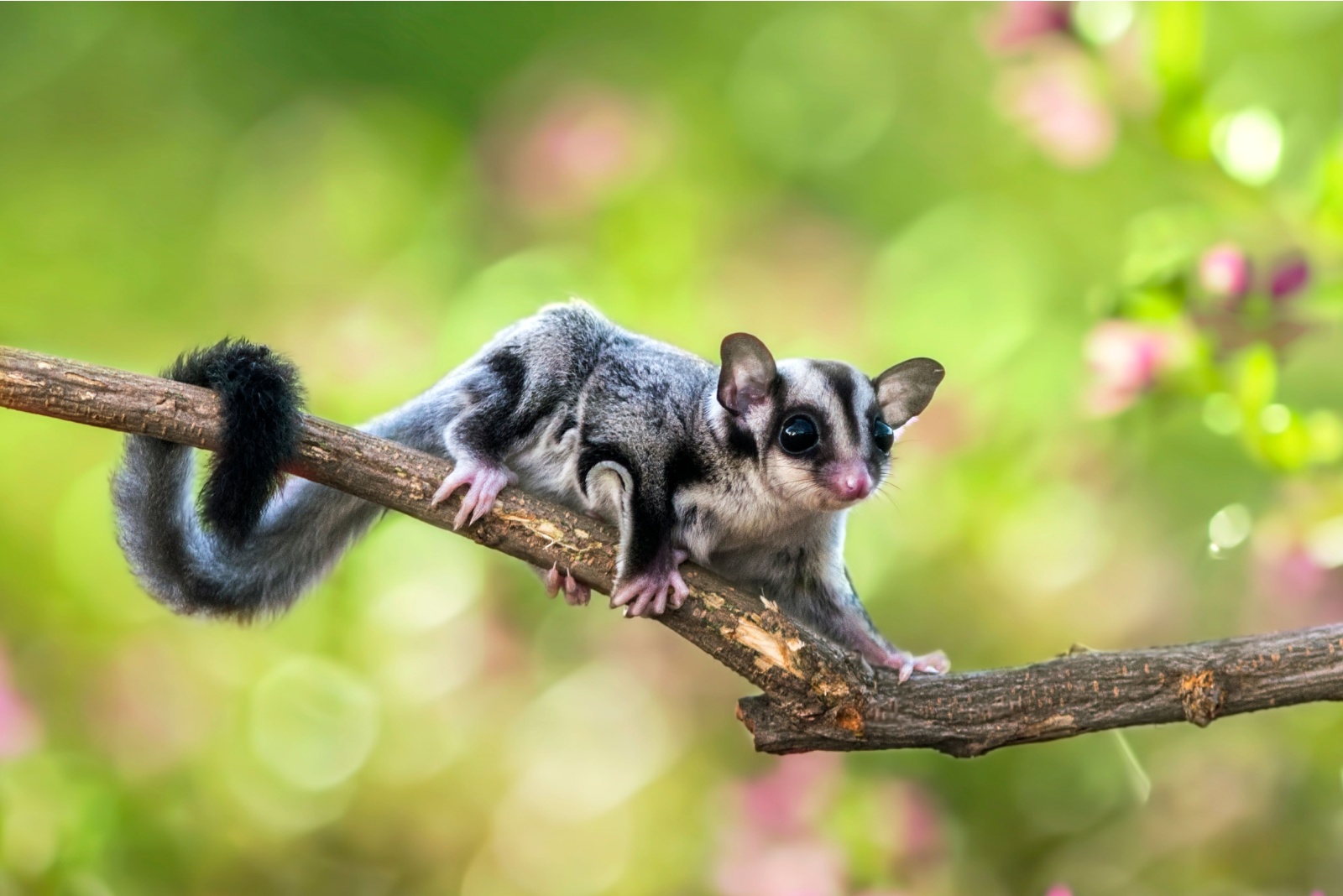
These pocket-sized, wide-eyed marsupials may look like the perfect exotic pet, but they’re much more demanding than they appear.
Sugar gliders, native to Australia and New Guinea, are nocturnal animals with a strong need for companionship. Leaving one alone can lead to depression and self-harm behaviors. They require a specialized diet high in nectar and insects, along with a vertical space enclosure to mimic their natural tree-dwelling lifestyle.
Despite their small size, sugar gliders need hours of interaction with their humans or other gliders to stay mentally healthy. Because of their delicate care requirements and the risk of improper breeding practices, some states restrict or ban sugar glider ownership, while others require permits.
While their ability to glide across a room makes them fascinating, they are not low-maintenance pets. If you’re drawn to their cuteness, be prepared for a lifestyle adjustment to meet their social and dietary needs.
4. Wolf Hybrid
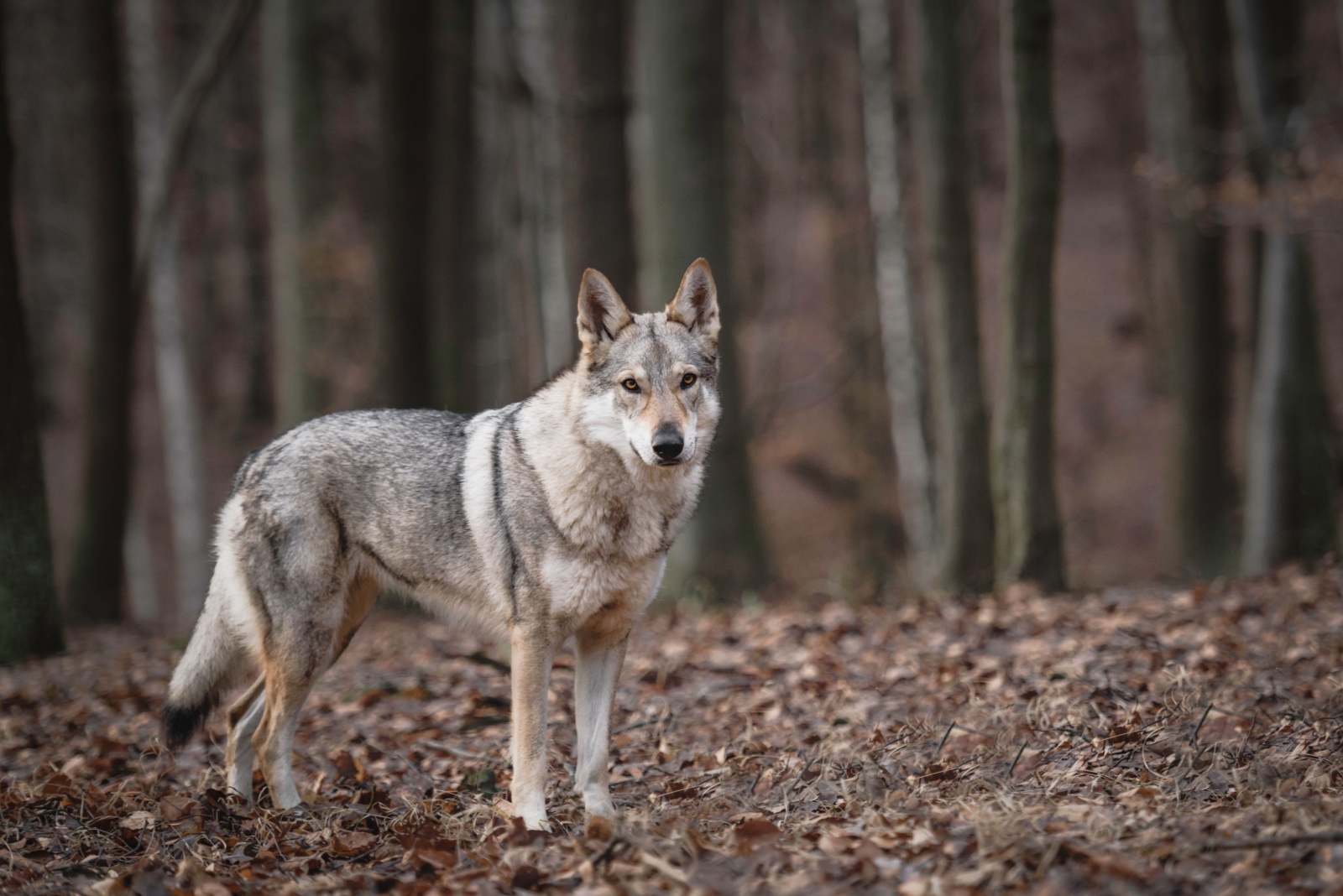
Owning a wolf hybrid is anything but simple. These part-wolf, part-dog mixes often retain many wild instincts, making them unpredictable compared to fully domesticated dogs.
While they can bond closely with their owners, their natural prey drive and high energy make them challenging to control, especially for inexperienced handlers. Some hybrids can be territorial and destructive, requiring extensive space and constant supervision to ensure safety for both the animal and people around them.
Socialization must start young, and even then, their wild nature can make them less reliable as pets.
Many states regulate wolf hybrids heavily, requiring special permits due to the safety concerns they present. Proper care includes a secure, large outdoor space and experience with high-maintenance breeds.
Though beautiful and powerful, wolf hybrids require more than just admiration. They demand extensive responsibility and respect for their wild roots.
5. Bat
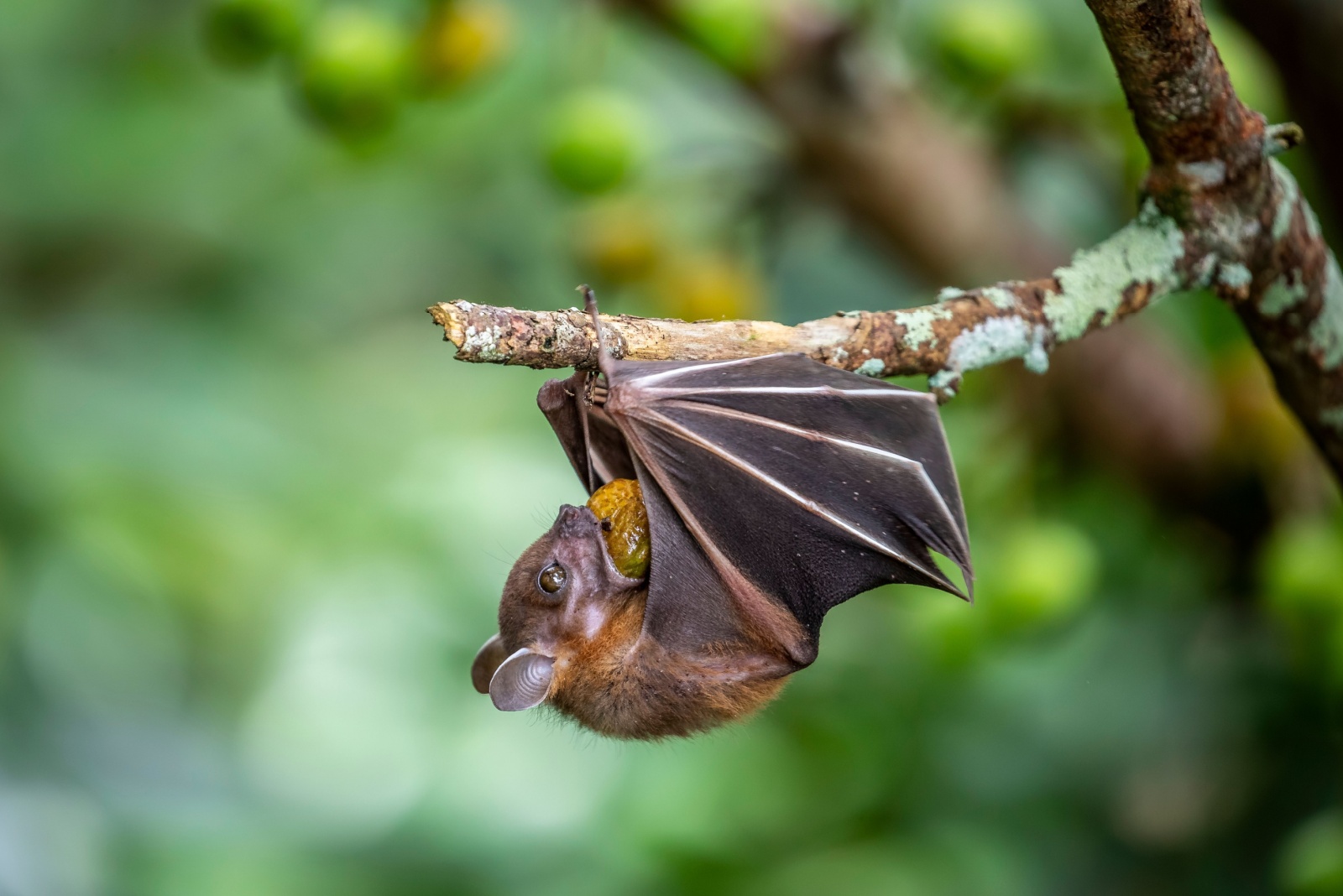
These winged mammals are vital pollinators and pest controllers in the wild, but keeping them as pets is both difficult and legally complicated.
Bats have highly specific diets (mostly insects or fruit), nocturnal habits, and require large flight spaces for proper exercise.
More importantly, they can be carriers of zoonotic diseases like rabies, which makes them a public health risk. Because of these factors, bats are heavily restricted across the U.S., with ownership often limited to licensed wildlife rehabilitators or researchers.
Even with permits, caring for a bat involves specialized enclosures and handling knowledge. While their unique echolocation and fluttering wings may seem intriguing, bats are best appreciated in the wild or educational settings where their natural behaviors can be properly supported without human risk.
6. Alligator
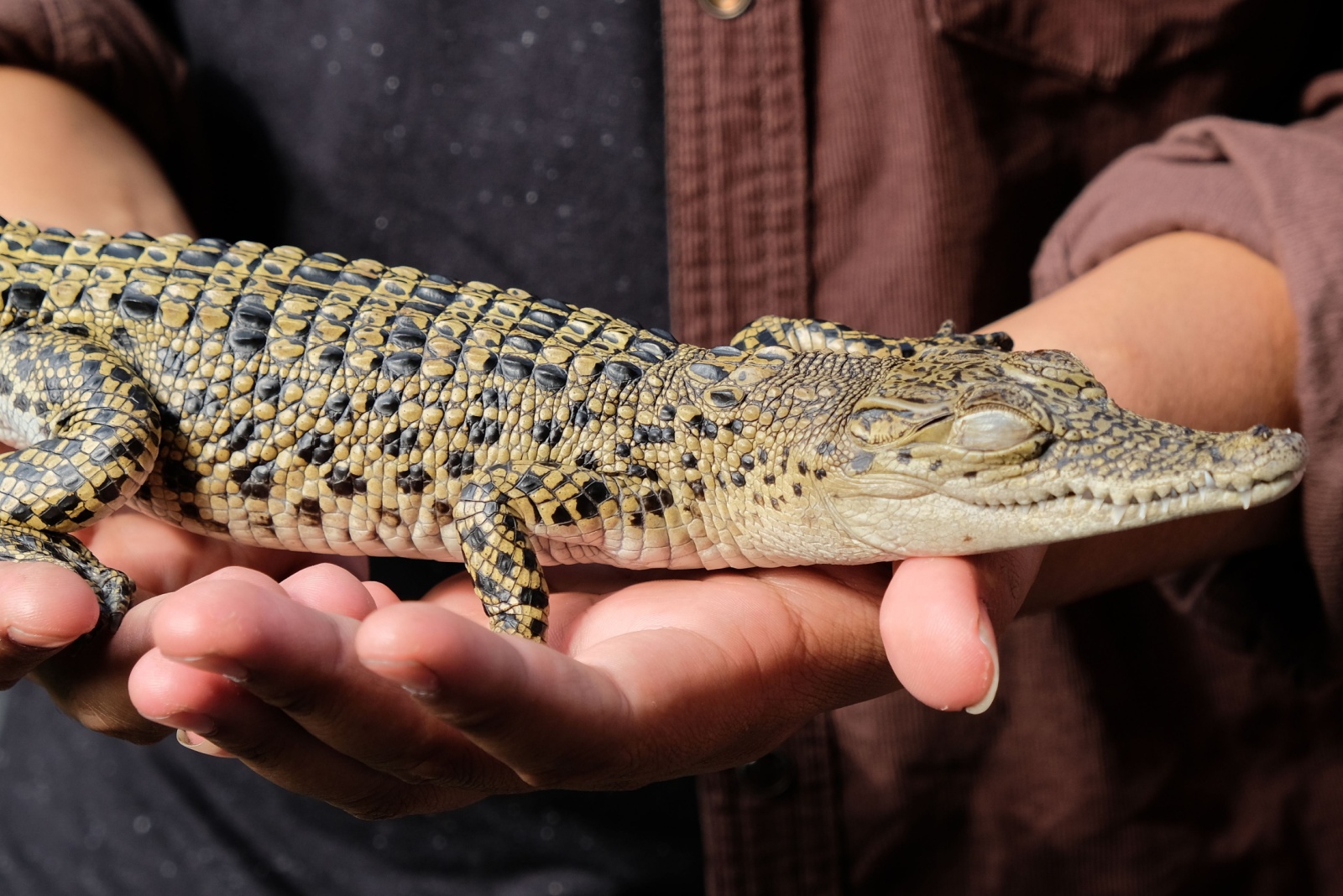
Owning an alligator might sound like something straight out of a Florida meme, but in reality, these prehistoric reptiles are serious business.
Alligators can grow over 12 feet long, weigh hundreds of pounds, and have a bite force strong enough to crush bone.
While some enthusiasts raise young gators from hatchlings, they quickly outgrow manageable sizes. Adult alligators need massive enclosures with both land and water access, making them impossible for typical homes.
They’re also opportunistic feeders and can become aggressive, even toward handlers they’ve known for years. Most states either ban alligator ownership outright or require extensive permits, often limited to zoos, wildlife experts, or conservation programs.
Keeping one as a pet poses not only a danger to humans but also significant ethical concerns, as these apex predators belong in the wild, not in a backyard pool. Unless you’re running a wildlife sanctuary, this isn’t your next pet.
7. Kinkajou
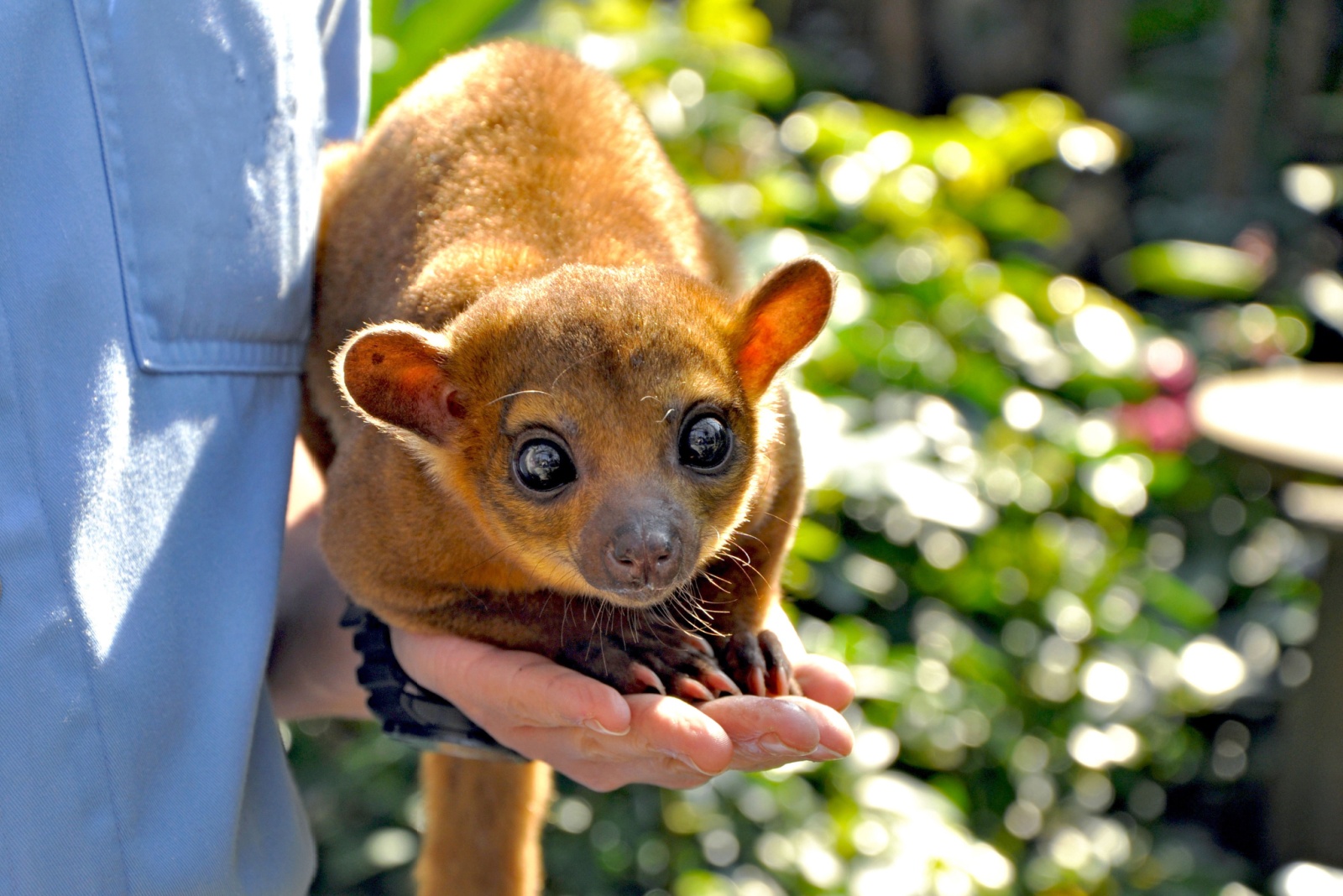
At first glance, the kinkajou looks like a plush toy with its round eyes, golden fur, and playful demeanor.
These nocturnal mammals are part of the raccoon family, but don’t be fooled by their cuteness, they can be surprisingly aggressive when startled. Kinkajous require specialized care, including a fruit-based diet and nighttime activity, which often conflicts with typical household routines.
While they can bond with humans, they’re known to bite when stressed and need lots of climbing space to mimic their natural rainforest habitat. Due to their exotic status, some states require permits for ownership, while others ban them outright.
Though they might look adorable clinging to a branch, kinkajous are far from easy pets and demand experienced care and proper education before considering one as part of your home.
8. Serval Cat
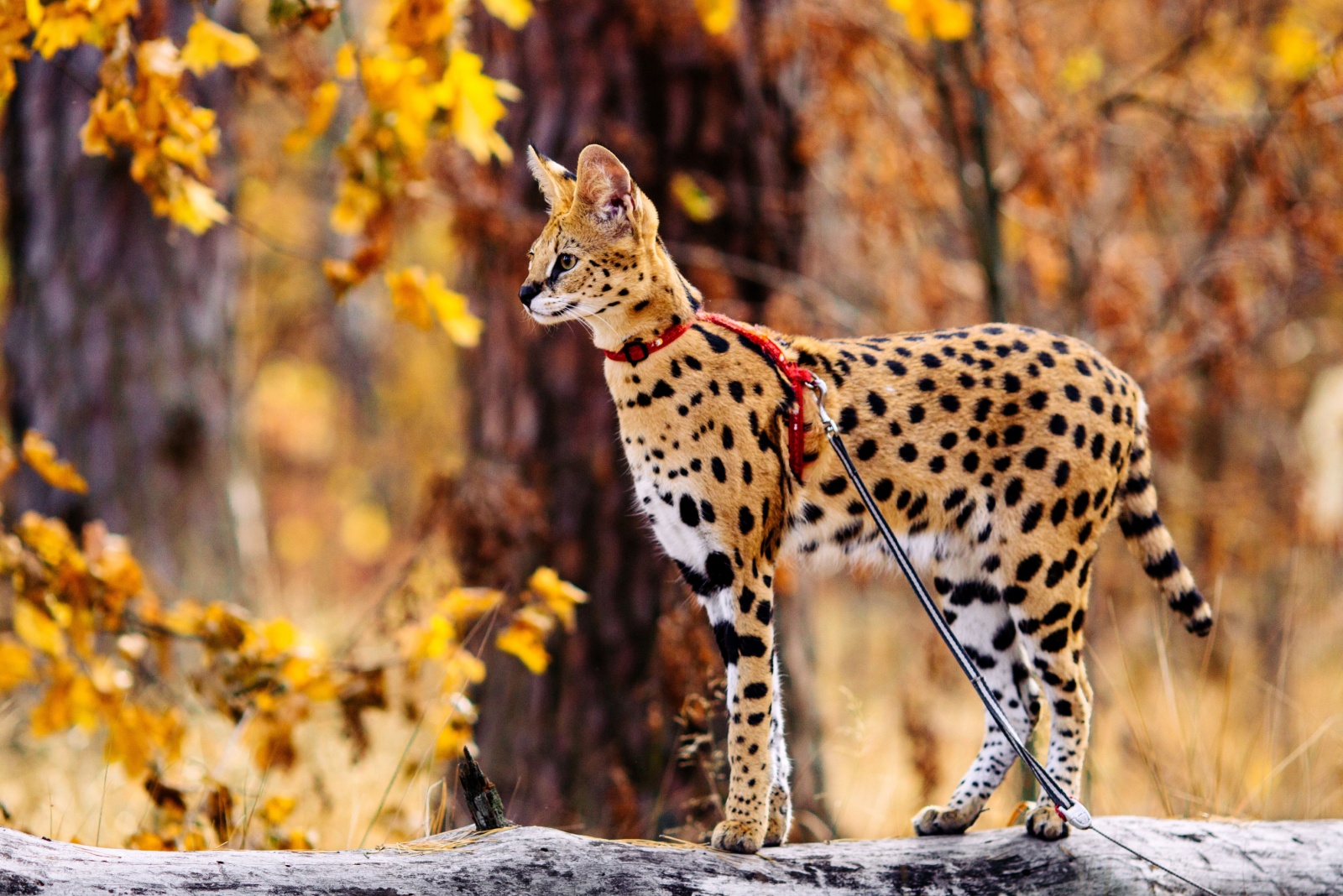
The serval cat, with its long legs, large ears, and stunning spotted coat, looks like a miniature cheetah. These wild felines are breathtaking but not your average house cat.
Servals have powerful hunting instincts and can leap up to 10 feet in the air when stalking prey, making them difficult to contain in a typical home setting.
They require massive enclosures with plenty of climbing space, as well as a diet of raw meat and whole prey, which adds to the challenge of keeping them.
Though some servals are bred in captivity, they retain wild behaviors like marking territory and being aloof toward humans, making them hard to handle safely. Most states require special permits or ban ownership outright due to their size and potential danger.
While undeniably beautiful, servals belong in sanctuaries or reserves where their natural behaviors can be respected and safely accommodated.
9. Hedgehog
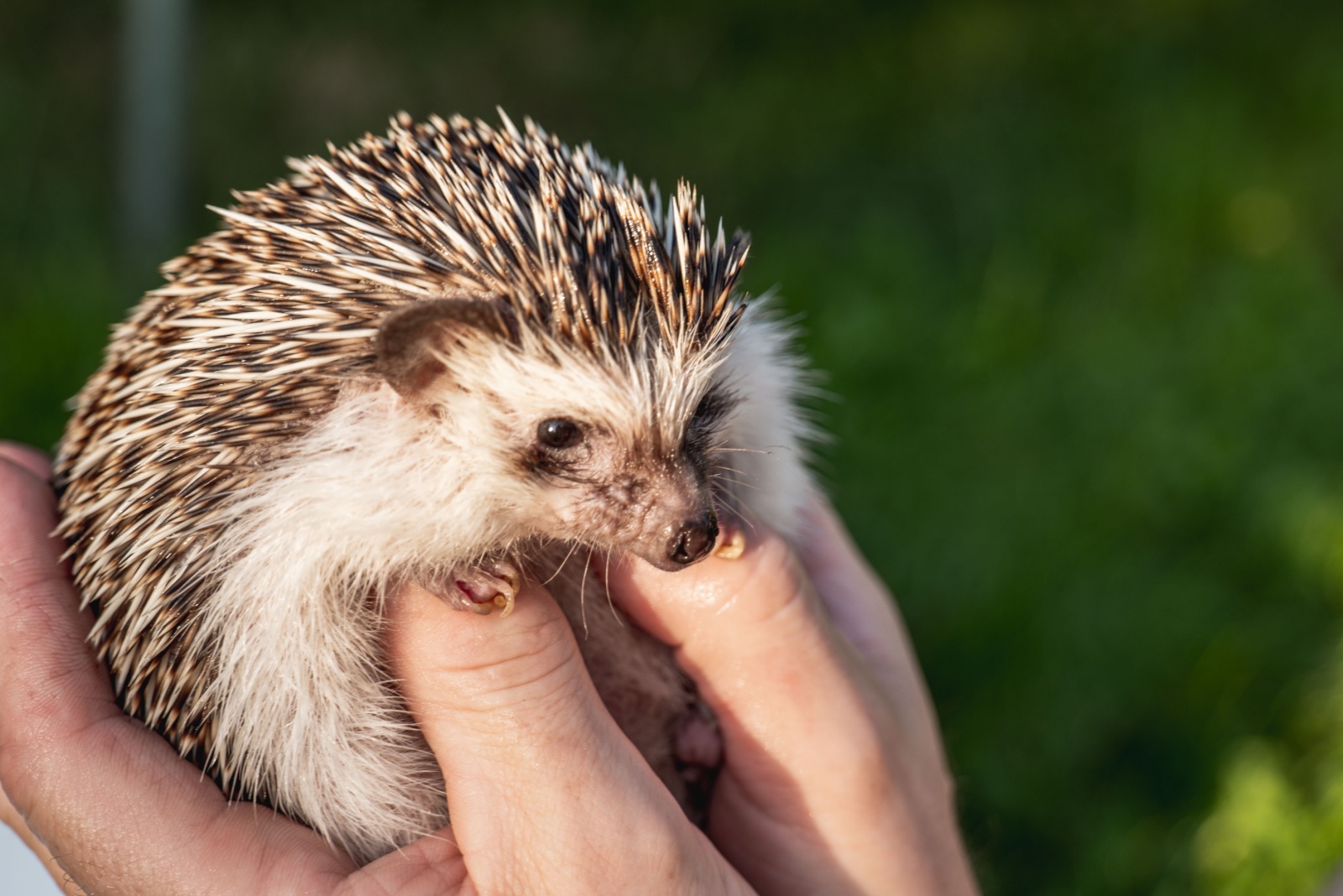
Small, spiky, and undeniably cute, these nocturnal pets have become quite the trend in recent years. However, despite their adorable appearance, hedgehogs require specialized care that can make them challenging for the average pet owner.
They need a carefully balanced diet rich in insects and protein, along with a habitat that allows for burrowing and hiding. Hedgehogs are also solitary by nature, often preferring alone time over cuddles, which can disappoint those expecting a snuggly companion.
Their quills, while not dangerous, can make handling uncomfortable if the hedgehog feels stressed. Some states restrict their ownership due to concerns over disease transmission, including salmonella.
If you’re considering one, check your local laws and be prepared for a pet that’s more of an observer than a playmate – cute, but not quite cuddly.
10. Venomous Snakes

Venomous species like cobras and vipers can deliver bites that are not just painful but potentially fatal, making them extremely high-risk for private ownership.
Handling requires specialized training, secure enclosures, and protective gear, even for professionals. Because of the extreme danger involved, many states heavily restrict or outright ban keeping venomous snakes without advanced permits, often requiring liability insurance and proof of professional expertise.
Even the most experienced handlers understand the risks, as these reptiles can be unpredictable.
While undeniably fascinating creatures, venomous snakes are best admired in professional sanctuaries or educational environments where they can be properly respected without endangering others.
11. Sloth
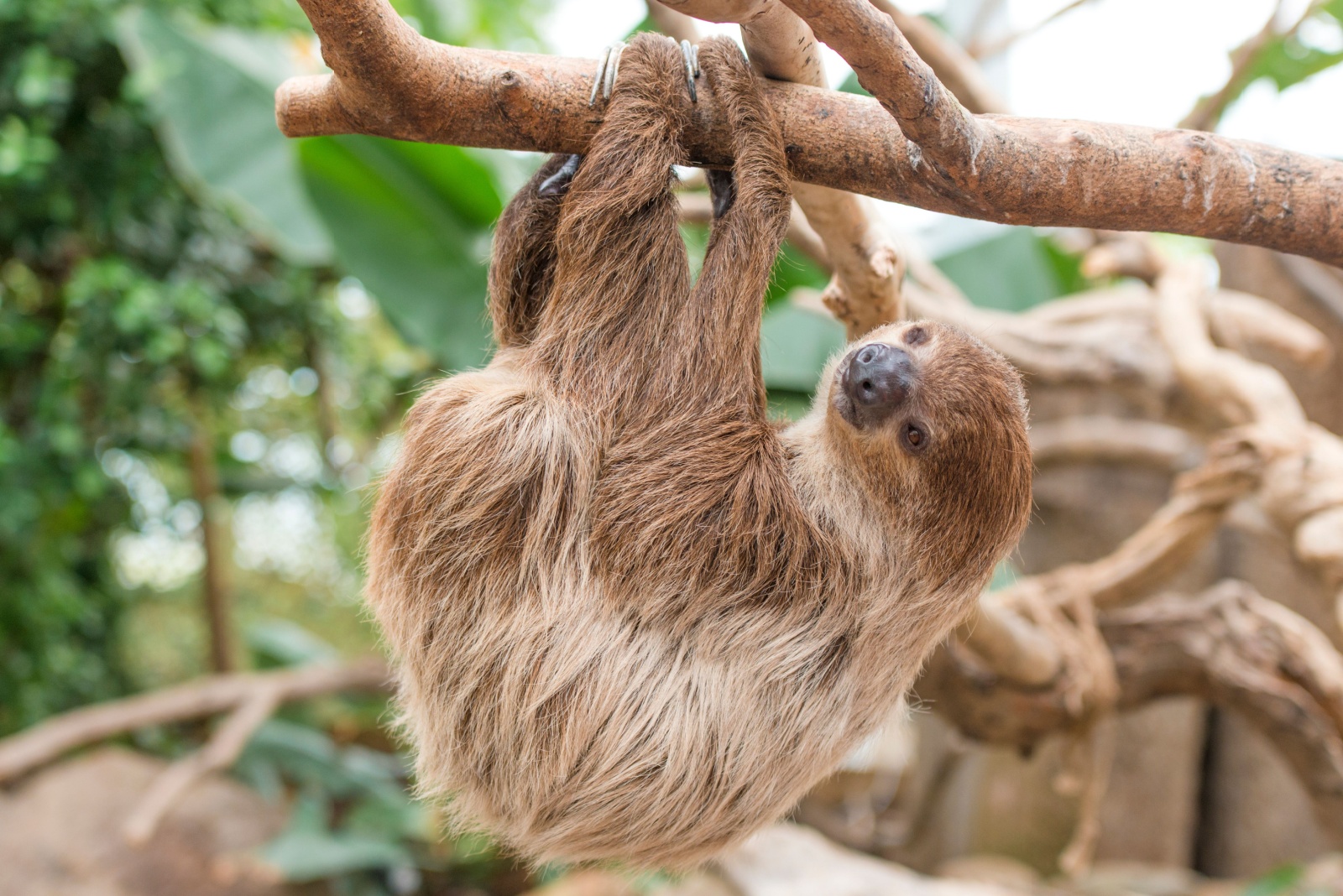
The sloth’s laid-back, slow-motion charm makes it easy to see why some people are drawn to the idea of keeping one as a pet.
Native to Central and South America, sloths have specific needs that are nearly impossible to replicate in a home. They require a climate-controlled, humid environment with plenty of trees for climbing and the right kind of foliage for food. Sloths also stress easily and dislike being handled frequently, despite their peaceful appearance.
Their slow metabolism makes diet critical, as even small imbalances can lead to serious health issues. Many states either ban sloth ownership or require special permits, as improper care can harm both the animal and the owner.
Though their sleepy expressions might seem perfect for a stress-free pet, sloths belong in specialized sanctuaries – not suburban backyards.
12. Skunk (Domesticated)
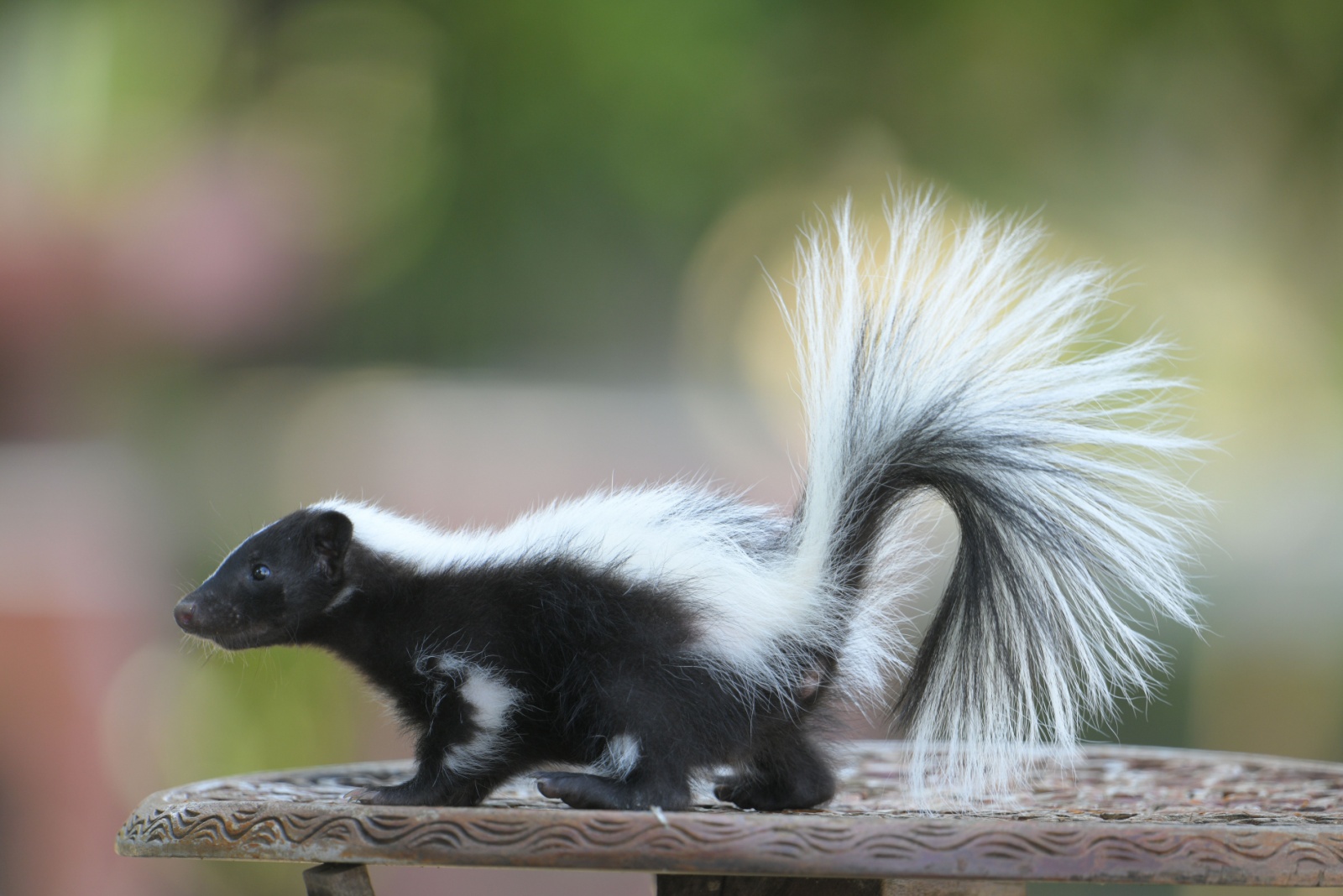
While it sounds surprising, domesticated skunks have become increasingly popular in some circles. Once descented (removal of their scent glands), they lose their famous stink defense but retain their mischievous, curious personalities.
Skunks are known for being playful, affectionate, and sometimes a bit stubborn. However, they require a special diet to prevent obesity and can be challenging to train, often foraging and digging through anything they can access.
Their wild instincts never fully disappear, making them better suited for owners with experience handling exotic pets.
Many states ban skunk ownership entirely due to concerns over rabies transmission, while others require permits and proof of vaccination protocols.
Though undeniably unique, a skunk needs proper socialization, space, and commitment from an experienced handler to thrive.
13. Lynx
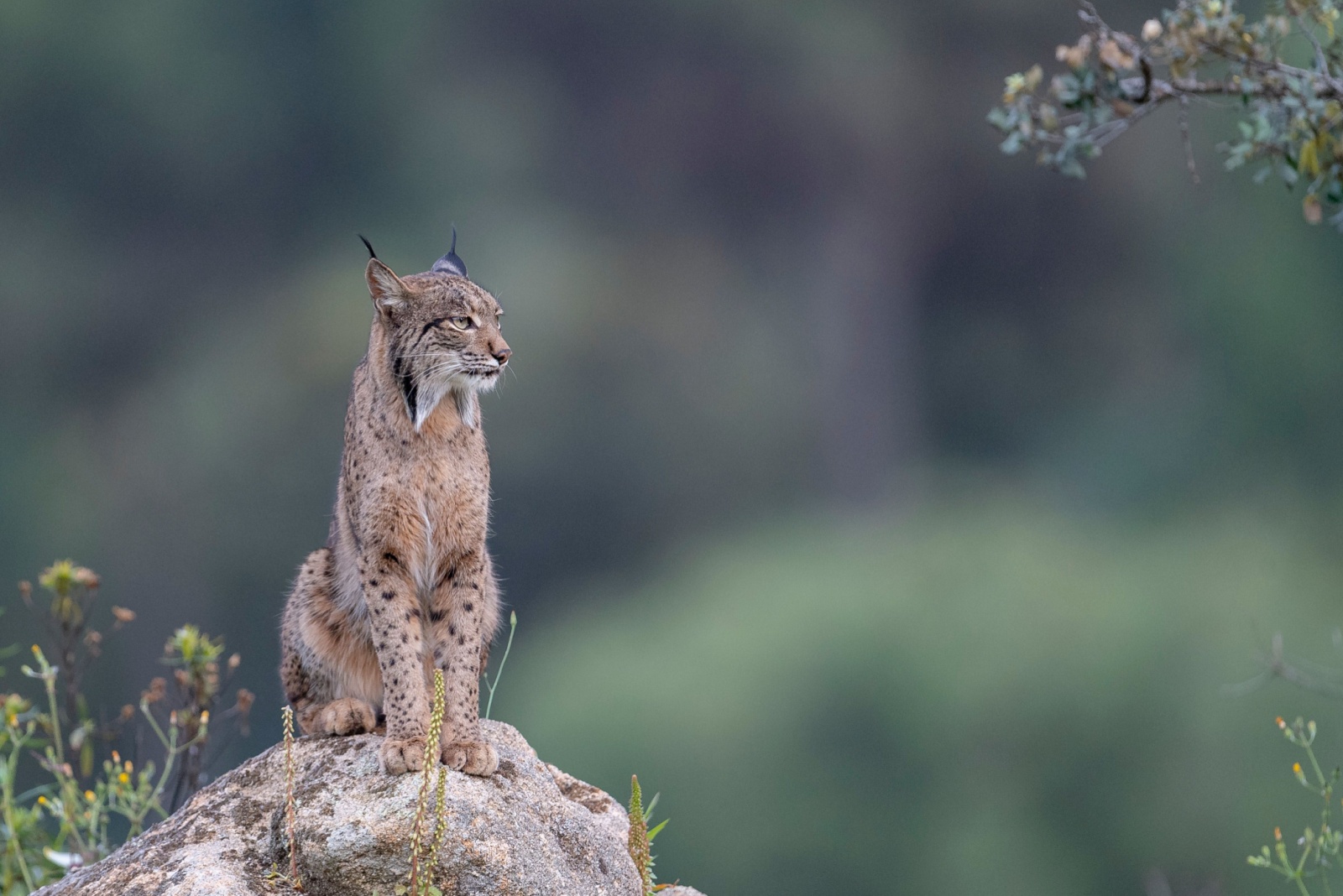
Powerful, mysterious, and captivating, the lynx might seem like a dream pet for wildcat enthusiasts. However, their majestic appearance hides the fact that they are true predators, not oversized house cats.
Weighing up to 60 pounds, a lynx has powerful hunting instincts, razor-sharp claws, and the agility of a natural-born hunter. Their wild nature means they need large, secure outdoor enclosures, raw meat diets, and a specialized approach to care – none of which fit the typical home setup.
Even captive-bred lynxes often retain their territorial instincts and can become aggressive or unpredictable. Due to their strength and risk factors, most states either ban lynx ownership outright or require extensive permits with strict conditions for containment.
Though breathtakingly beautiful, these cats belong in wildlife reserves where they can roam freely, not living rooms where their wild nature could become dangerous.
14. Tarantula
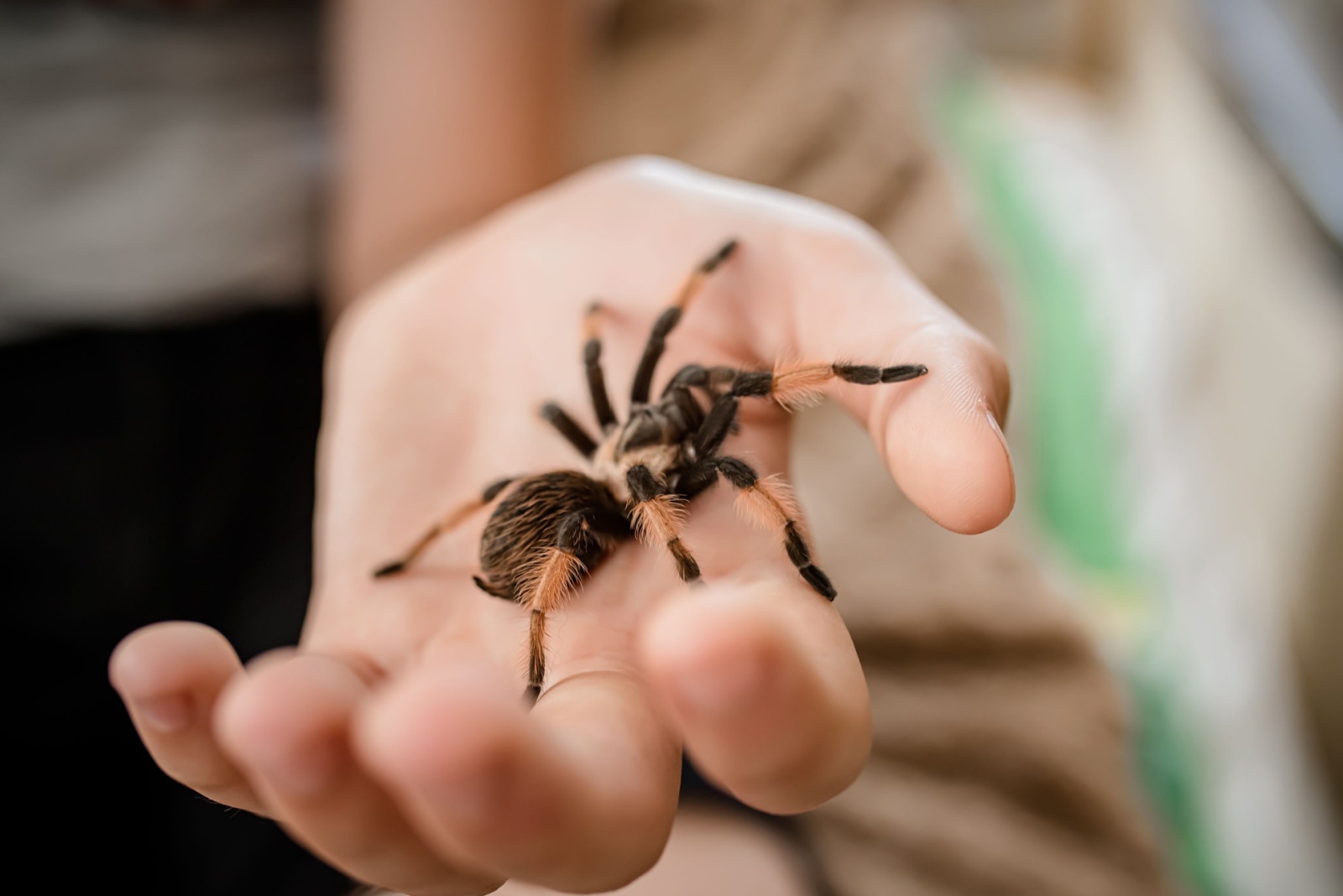
The tarantula, often viewed as a creepy-crawly curiosity, is actually a fascinating creature for exotic pet enthusiasts. Though their reputation for being dangerous is often exaggerated, some species can still deliver painful bites or release irritating hairs when threatened.
While generally low-maintenance compared to other exotic pets, their venom (even if mild) and defensive behaviors make handling risky, especially for children or inexperienced owners.
Some states regulate the ownership of tarantulas, especially venomous species, due to public health concerns.
Tarantulas are best suited for owners who understand their solitary nature and can respect the space they need – this is one pet you probably won’t want to cuddle.
15. Macaw Parrot
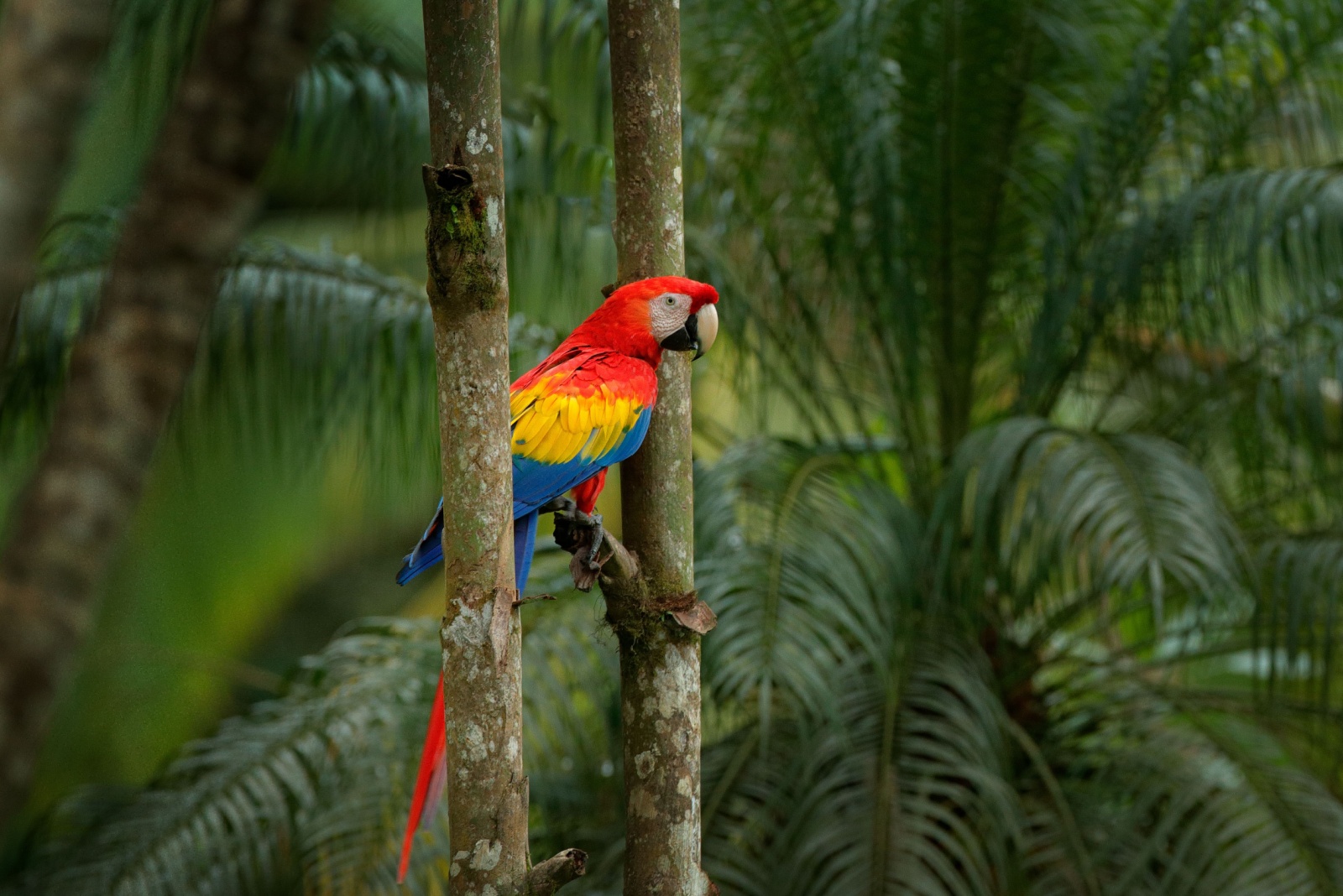
Bright, bold, and louder than your alarm clock, macaws are as striking as they are demanding. These large, vibrant parrots can live for up to 80 years, meaning adopting one is a lifelong commitment.
Their intelligence is off the charts, which makes them highly trainable but also prone to boredom if not mentally stimulated.
Without proper interaction, macaws may develop behavioral issues like excessive screaming or feather plucking. Their impressive wingspan requires spacious enclosures, and they need a varied diet of fruits, nuts, and seeds to stay healthy.
Because of their long lifespan, loud vocalizations, and conservation concerns, some states regulate macaw ownership with permits to ensure proper care.
While stunning to look at, these parrots need constant socialization and mental challenges, making them best suited for experienced bird owners who can meet their emotional and physical needs.
16. Raccoon
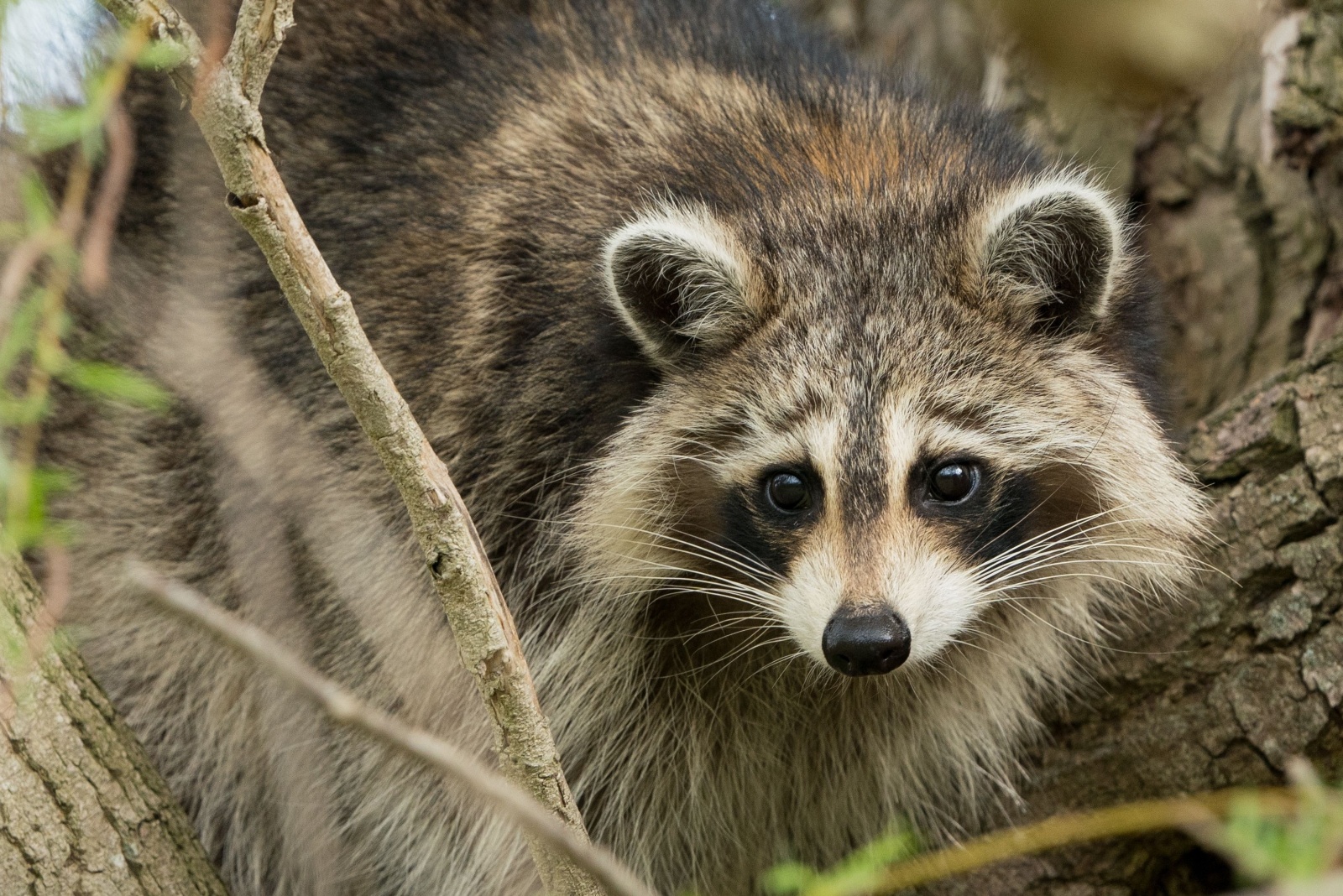
With their masked faces and nimble paws, raccoons seem like they’d be playful and entertaining pets. However, these clever creatures are not domesticated and often retain wild instincts no matter how young they’re raised.
Known for their intelligence, raccoons can open cupboards, unlatch cages, and even solve basic puzzles to get into food. Their mischievous nature often leads to chaos in homes, as they tend to raid trash cans and chew through furniture when bored.
Raccoons can also carry diseases like rabies, which has led to strict regulations in many states. Even where permits are allowed, caring for a raccoon involves specialized diets, large enclosures, and constant supervision.
They’re best admired in the wild or at wildlife rehabilitation centers where their natural behaviors can be respected without the risk of them turning your home into a disaster zone.

